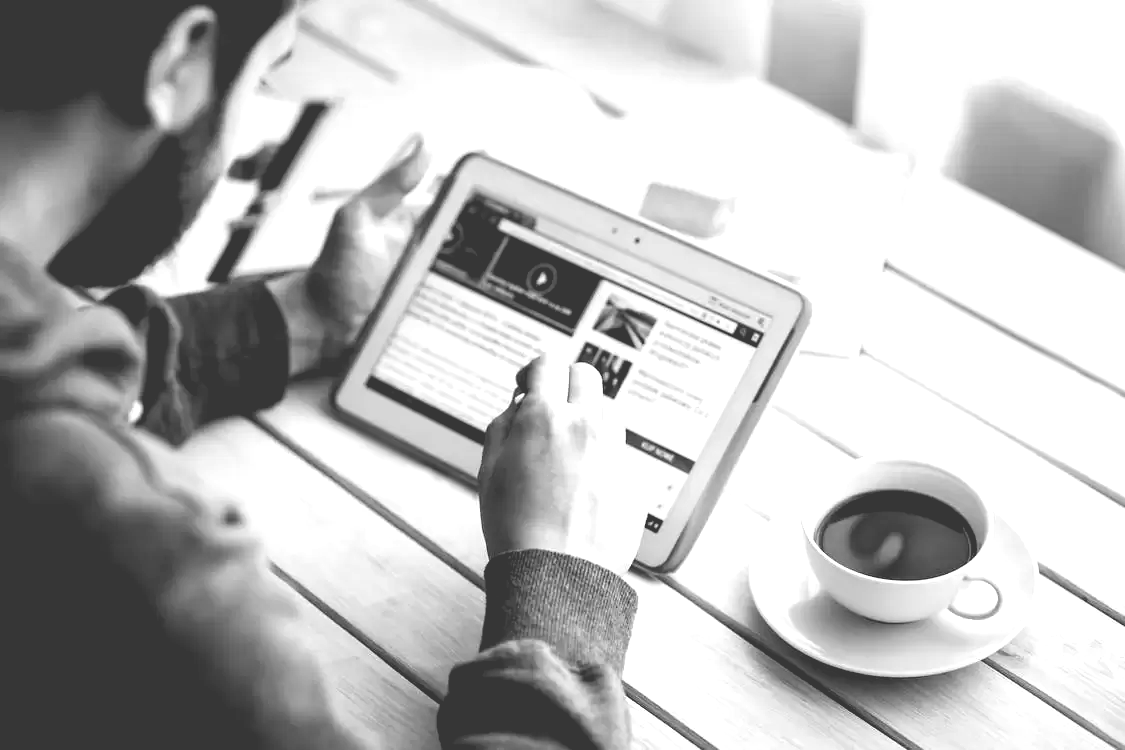News & Articles.Keeping you informed...
|
Leveraging Technology: The Future of Occupational Rehabilitation in Australia

The landscape of occupational rehabilitation is evolving rapidly, with technology playing a pivotal role in transforming traditional practices. As an organisation committed to empowering individuals on their journey to optimal health, ELEV8 Consulting is at the forefront of integrating innovative technological solutions into occupational rehabilitation. This article explores how emerging technologies, such as telehealth and wearable devices, are reshaping the field, highlighting their benefits, challenges, and future prospects.
The Rise of Telehealth in Occupational Rehabilitation
Telehealth has emerged as a vital tool in delivering accessible and flexible rehabilitation services. Through video consultations and digital platforms, ELEV8 can connect clients with healthcare professionals, eliminating geographical barriers and reducing wait times. Telehealth enables ongoing support, including mental health counselling, physiotherapy guidance, and vocational coaching, ensuring clients receive consistent care regardless of location.
For clients in rural or remote areas of Australia, telehealth offers a lifeline, bridging the gap in healthcare accessibility. Additionally, it allows for real-time monitoring of progress and adjustments to treatment plans, fostering a collaborative approach to rehabilitation.
Wearable Devices: Enhancing Monitoring and Motivation
Wearable technology, such as fitness trackers and smartwatches, has revolutionised how individuals engage with their rehabilitation journeys. These devices provide real-time data on physical activity, heart rate, sleep patterns, and more, offering valuable insights into a client’s progress.
At ELEV8, wearable devices are integrated into personalised rehabilitation plans, enabling clients to set achievable goals and track their performance. The instant feedback from these devices motivates clients to stay active and adhere to their recovery programs. For clinicians, wearable technology offers an objective measure of outcomes, facilitating data-driven decision-making.
In addition to wearable devices, ELEV8 offers a dedicated app available on both the Apple App Store and Google Play Store. The app supports integration with various smart devices, such as Apple Watches and Garmin watches, enabling participants to seamlessly track their activity and progress. This digital solution enhances the rehabilitation experience by combining convenience with comprehensive health monitoring.
Benefits of Technology in Rehabilitation
The integration of technology into occupational rehabilitation offers numerous benefits:
Challenges and Considerations
While the benefits are significant, integrating technology into rehabilitation also presents challenges:
ELEV8 addresses these challenges by providing user-friendly platforms, prioritising data security, and advocating for equitable access to technological resources.
The Future of Occupational Rehabilitation
The future of occupational rehabilitation in Australia lies in the continued integration of advanced technologies. ELEV8 is committed to staying ahead of these trends, ensuring that clients benefit from cutting-edge solutions that enhance their recovery and reintegration into the workforce.
Conclusion
Technology is revolutionising occupational rehabilitation, offering innovative ways to support clients in achieving their health and vocational goals. ELEV8 Consulting is redefining rehabilitation practices, making them more accessible, personalised, and effective. As technology continues to advance, ELEV8 remains dedicated to leveraging these tools to empower individuals and foster sustainable recovery.
The Rise of Telehealth in Occupational Rehabilitation
Telehealth has emerged as a vital tool in delivering accessible and flexible rehabilitation services. Through video consultations and digital platforms, ELEV8 can connect clients with healthcare professionals, eliminating geographical barriers and reducing wait times. Telehealth enables ongoing support, including mental health counselling, physiotherapy guidance, and vocational coaching, ensuring clients receive consistent care regardless of location.
For clients in rural or remote areas of Australia, telehealth offers a lifeline, bridging the gap in healthcare accessibility. Additionally, it allows for real-time monitoring of progress and adjustments to treatment plans, fostering a collaborative approach to rehabilitation.
Wearable Devices: Enhancing Monitoring and Motivation
Wearable technology, such as fitness trackers and smartwatches, has revolutionised how individuals engage with their rehabilitation journeys. These devices provide real-time data on physical activity, heart rate, sleep patterns, and more, offering valuable insights into a client’s progress.
At ELEV8, wearable devices are integrated into personalised rehabilitation plans, enabling clients to set achievable goals and track their performance. The instant feedback from these devices motivates clients to stay active and adhere to their recovery programs. For clinicians, wearable technology offers an objective measure of outcomes, facilitating data-driven decision-making.
In addition to wearable devices, ELEV8 offers a dedicated app available on both the Apple App Store and Google Play Store. The app supports integration with various smart devices, such as Apple Watches and Garmin watches, enabling participants to seamlessly track their activity and progress. This digital solution enhances the rehabilitation experience by combining convenience with comprehensive health monitoring.
Benefits of Technology in Rehabilitation
The integration of technology into occupational rehabilitation offers numerous benefits:
- Improved Accessibility: Telehealth and online platforms ensure that clients can access services regardless of location.
- Enhanced Engagement: Interactive tools and real-time feedback keep clients motivated and involved in their recovery.
- Data-Driven Insights: Wearables and app integration provide measurable outcomes, enabling clinicians to refine treatment strategies.
- Cost-Effectiveness: Remote monitoring and virtual consultations reduce the need for frequent in-person visits, saving time and resources.
Challenges and Considerations
While the benefits are significant, integrating technology into rehabilitation also presents challenges:
- Digital Literacy: Clients may require training to use telehealth platforms, wearable devices and app integration effectively.
- Privacy Concerns: Ensuring the security of sensitive health data is paramount.
- Equity Issues: Access to technology may be limited for some individuals, particularly those in disadvantaged communities.
ELEV8 addresses these challenges by providing user-friendly platforms, prioritising data security, and advocating for equitable access to technological resources.
The Future of Occupational Rehabilitation
The future of occupational rehabilitation in Australia lies in the continued integration of advanced technologies. ELEV8 is committed to staying ahead of these trends, ensuring that clients benefit from cutting-edge solutions that enhance their recovery and reintegration into the workforce.
Conclusion
Technology is revolutionising occupational rehabilitation, offering innovative ways to support clients in achieving their health and vocational goals. ELEV8 Consulting is redefining rehabilitation practices, making them more accessible, personalised, and effective. As technology continues to advance, ELEV8 remains dedicated to leveraging these tools to empower individuals and foster sustainable recovery.
